Ergonomic Innovations: Designing Safer Manual Material Handling Solutions
In the fast-evolving world of material handling, safety and productivity hinge on ergonomic design.
With over two decades of experience advising material handling companies, our team combines deep expertise with a commitment to authoritativeness and trustworthiness. This comprehensive guide explores how ergonomic innovations—from lifting clamps to specialized vacuum lifter slab lifter systems—are transforming manual handling material tasks, reducing injury rates, and boosting operational efficiency.
Why Ergonomics Matter in Material Handling
Manual material handling remains ubiquitous across warehouses, distribution centers, and manufacturing floors. Tasks such as lifting, carrying, pushing, and pulling account for a large portion of workplace injuries—primarily musculoskeletal disorders (MSDs). Implementing ergonomic lifting equipment and proven techniques delivers multiple benefits:
-
Injury Prevention: Properly designed tools and workflows reduce awkward postures and repetitive strain, cutting MSDs by up to 60%.
-
Increased Productivity: Ergonomic solutions streamline tasks, allowing workers to move more material with less fatigue.
-
Cost Savings: Fewer injuries mean lower workers’ compensation claims, reduced downtime, and decreased turnover.
-
Regulatory Compliance: Adhering to OSHA and ISO 11228 standards minimizes legal risk and underscores your commitment to worker well-being.
Key Ergonomic Tools and Innovations
Electric Vacuum Lifter AVLP4 for Glass
Delicate sheet materials like glass and stone demand precise control. An Electric Vacuum Lifter AVLP4 for glass offers:
-
Hands-free handling of panels up to 1,000 kg, eliminating manual strain.
-
Tilt and rotate functions for accurate placement.
-
Pressure sensors that maintain grip even during power fluctuations.
Integrating such systems not only safeguards operator health but also enhances throughput in high-volume environments.
Mobile Slab Lifter
Heavy slabs pose a significant risk without mechanical assistance. The Mobile Slab Lifter features:
-
Extension arms to cradle large-format stone.
-
Pneumatic tilting from 0° to 90° for ergonomic loading.
-
Remote-control operation to minimize manual effort.
This solution exemplifies how vacuum lifter slab lifter technology merges safety with productivity.
How to Use Scissor Lifter Models
Scissor lifters excel at precise height adjustments. Learn How to use scissor lamp lifter models to:
-
Position materials at optimal work heights, reducing bending.
-
Secure loads with integrated clamps and ratchet tie down traps.
-
Facilitate safe horizontal and vertical movement in tight spaces.
Scissor lifter platforms are indispensable lifting equipment in ergonomic layouts.
Stone Lifting Clamp AHLC 730
When handling irregular loads like natural stone slabs, a specialized clamp is essential. The Stone Lifting Clamp AHLC 730:
-
Provides secure gripping via serrated jaws.
-
Distributes load evenly to prevent material damage.
-
Works seamlessly with overhead gantry crane material handling systems.
This clamp highlights how purpose-built attachments enhance both safety and operational expertise.
Solutions for Glass Lifter
For heavy glass panels, precision matters. Explore Solutions for glass lifter innovations that:
-
Combine vacuum suction with adjustable support frames.
-
Offer 360° rotation for perfect alignment.
-
Integrate with mobile cranes to reduce manual intervention.
These systems underscore the importance of pairing technology with ergonomic principles.
The Role of Gantry Crane
Gantry cranes bridge large spans with minimal footprint. Understanding The role of gantry crane in ergonomic handling:
-
Delivers smooth horizontal travel for bulky loads.
-
Enables precise vertical lifting with minimal sway.
-
Reduces the need for manual repositioning of material-handling equipment.
Gantry solutions illustrate how structural innovations support safe manual operations.
Adjustable Wall-Mounted Cranes
Space constraints in warehouses call for flexible lifting. Adjustable wall-mounted cranes (also known as jib cranes) offer:
-
180° rotation to cover workcells.
-
Compact design, freeing floor area for traffic.
-
Minimal operator strain when handling loads up to 2 tons.
Discover more about these versatile cranes in our article on Adjustable wall-mounted cranes.
Ratchet Tie Down Traps
Securing loads is as critical as lifting them. Ratchet tie down traps:
-
Ensure stability during transport on trolleys or carts.
-
Prevent sudden shifts that could cause strain injuries.
-
Pair effectively with lifting clamp attachments for total load control.
Their simplicity and reliability make them a go-to accessory in ergonomic toolkits.
Designing a Comprehensive Ergonomic Material Handling System
A truly safe and efficient operation requires more than individual tools—it demands an integrated design. Follow these expert steps:
-
Workstation Analysis
Conduct time-motion studies to identify high-risk tasks. Use the Material Handling Design framework to map out material flows and ergonomics hot spots. -
Equipment Selection
Balance capital costs with injury reduction metrics. Prioritize devices like scissor lifter platforms and vacuum lifter slab lifter systems that deliver rapid ROI through reduced medical claims. -
Workflow Layout
Arrange zones for receiving, processing, and dispatch to minimize travel distances. Integrate conveyors or AGVs for non-ergonomic moves, freeing operators for value-added tasks. -
Training and Change Management
Provide hands-on instruction for each device. Emphasize best practices in body mechanics and encourage feedback loops to continuously refine procedures. -
Performance Metrics
Track key indicators—incident rates, cycle times, and worker satisfaction—to validate ergonomic investments. Adjust equipment mix based on data insights.
By architecting your facility with these principles, your operation embodies authority in ergonomic material handling equipment design.
Best Practices for Material Handling Companies
Leading companies in the material handling industry distinguish themselves through:
-
Holistic Risk Assessments: Regularly audit manual handling tasks using tools like the Revised NIOSH Lifting Equation.
-
Collaborative Partnerships: Engage vendors who offer turnkey solutions—from transport frames to mobile slab lifter fleets. Explore The Transport Frames and solutions for stone transportation.
-
Continuous Innovation: Pilot emerging technologies—cobots, wearable exoskeletons, and IoT-enabled tools—to stay at the forefront of safety.
-
Scalable Asset Management: Leverage rental or leasing options for seasonal demands, managing costs while maintaining access to advanced lifting equipment.
-
Training Culture: Foster a safety-first mindset, reinforcing ergonomic standards through regular refreshers and on-site coaching.
Implementing these best practices ensures your operation remains a trusted partner in efficient, injury-free material handling.
The Future of Ergonomic Material Handling
The path ahead for ergonomic innovations in material handling is bright. As businesses seek to optimize human performance and minimize risk, we anticipate:
-
Advanced Sensor Feedback: Wearables that monitor posture in real time, alerting operators to unsafe lifts.
-
Adaptive Lifting Devices: Smart clamps and lifters that automatically adjust grip force based on load weight and shape.
-
Integrated Data Platforms: Cloud-based dashboards linking injury data, equipment usage, and maintenance schedules for predictive safety management.
Stay informed about evolving trends by reading our article on The Future of Material Handling: Key Trends Transforming the Industry.
By embracing these ergonomic innovations—ranging from scissor lifter and ratchet tie down traps to gantry cranes and vacuum lifters—organizations not only safeguard their most valuable asset, their workforce, but also drive sustainable gains in productivity and profitability. With our proven experience, deep expertise, and unwavering trustworthiness, we’re your partner in designing safer, smarter manual material handling solutions.
Reference: Ergonomics in material handling


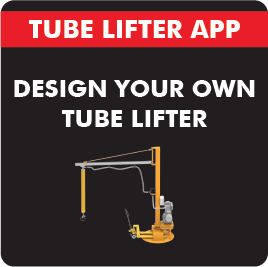

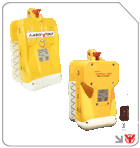
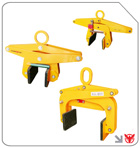
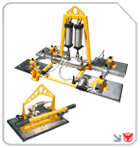
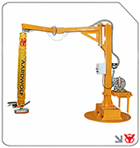
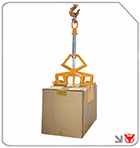
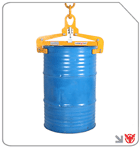
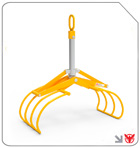
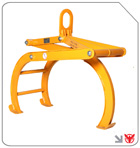
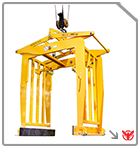
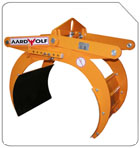
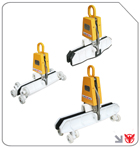
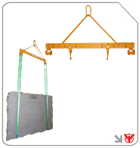
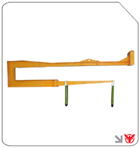
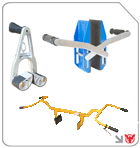
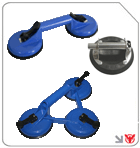
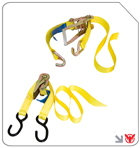
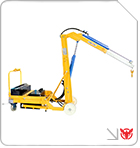
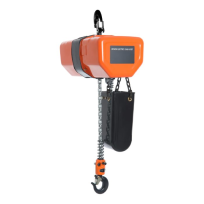
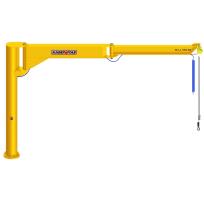
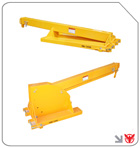
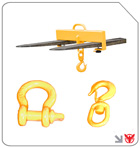
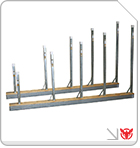
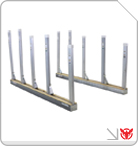
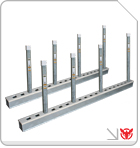
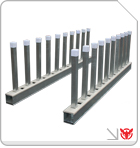
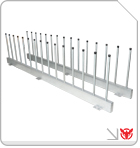
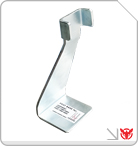
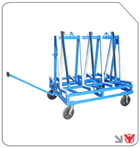
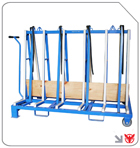
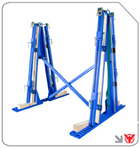
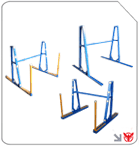
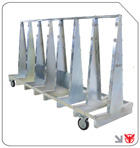
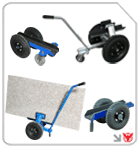
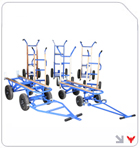
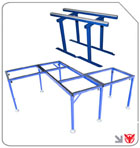
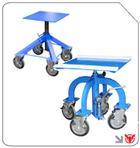
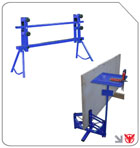
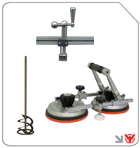

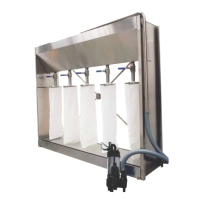
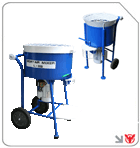
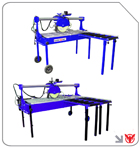
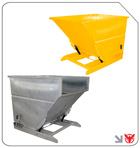
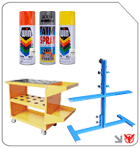
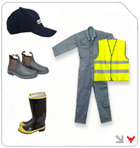
Follow us on: